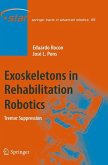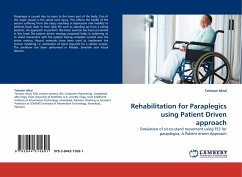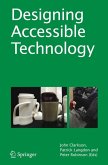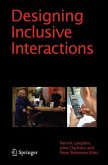Daily motor tasks are often redundant. Humans are known to adopt motor strategies which consist of a stereotypical selection of specific postures for a given task. Such natural strategies are also known to be perturbed. An exoskeleton, specifically designed to minimally perturb motor strategies, was used to study the effects of ergonomic factors and mechanical impedance on human motor strategies during redundant tasks. Special attention is devoted to wrist robots since the human wrist, together with the hand, is involved in most manipulation tasks. To comply with kinematic constraints, ergonomic considerations are introduced at an early stage of design of exoskeleton, matching the biomechanical constraints imposed by human anatomy. Due to inter-subject anatomical differences, subject-specific kinematic models are determined to be used in the design of exoskeletons. The effects of kinematic compatibility on motor strategies are assessed and solutions from literature are adopted toavoid over-constrained configurations. Finally, a low-inertia wrist exoskeleton is devised and tested to be compatible with both biomechanical and neural constraints during pointing tasks.
Bitte wählen Sie Ihr Anliegen aus.
Rechnungen
Retourenschein anfordern
Bestellstatus
Storno








